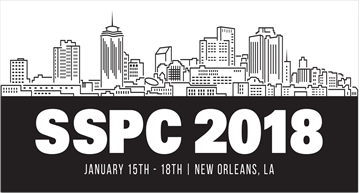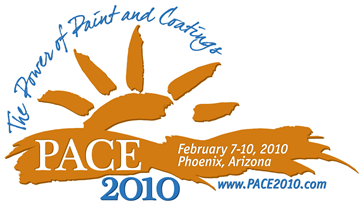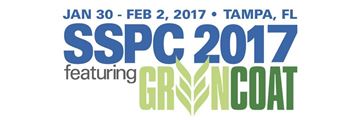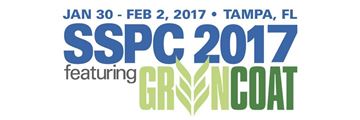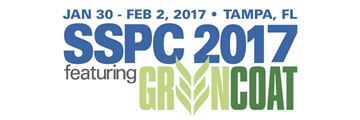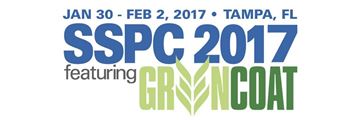Search
Products tagged with 'waterborne'
View as
Sort by
Display
per page
Creating More Sustainable Industrial Coatings: Driving VOCs of High Performance Waterborne Direct-to-Metal Coatings Below 50 g/L
Product Number:
41215-923-SG
Publication Date:
2015
$20.00
Development of Supercritical CO2 Spray Coating System for VOC Reduction
Product Number:
41214-859-SG
Publication Date:
2014
$20.00
Elastrometric Acrylic Coatings for Use on Commercial Structures
Product Number:
41213-777-SG
Publication Date:
2013
$20.00
Enhancing the UV Durability of Epoxy Coatings: Waterborne Acrylic-Epoxy Hybrid Coatings for Steel
Product Number:
51218-139-SG
Publication Date:
2018
$20.00
Environmentally Friendly Graffiti Resistant Coatings:Waterborne Polyurethane Coatings for Bridge Infrastructure That Actually Work
Product Number:
41210-567-SG
Publication Date:
2010
$20.00
Environmentally Friendly Protective Coating System Using Water-Borne Fluoropolymer TopCoat
Product Number:
51217-054-SG
Publication Date:
2017
$20.00
Evaluations of Wetting and Dispersing Additives for Use in Waterborne AntiCorrosive Paints
Product Number:
51217-032-SG
Publication Date:
2017
$20.00
Factors Influencing the Stay-Clean Properties and Service Life of New Fluoropolymer Coatings
Product Number:
41212-721-SG
Publication Date:
2012
$20.00
FEVE Fluoropolymer Coatings for High Performance Waterbased Applications
Product Number:
51217-028-SG
Publication Date:
2017
$20.00
Introduction to Zero VOC High Performance Waterborne Epoxy Systems in Industrial Protective Coating Application
Product Number:
51217-084-SG
Publication Date:
2017
$20.00
Is Your Waterborne 2K Epoxy Formulation Giving You a Headache? Here is the Cure!
Product Number:
41214-854-SG
Publication Date:
2014
$20.00
Liquid Applied Insulation Coatings: From the Lab to the Field
Product Number:
51217-029-SG
Publication Date:
2017
$20.00




